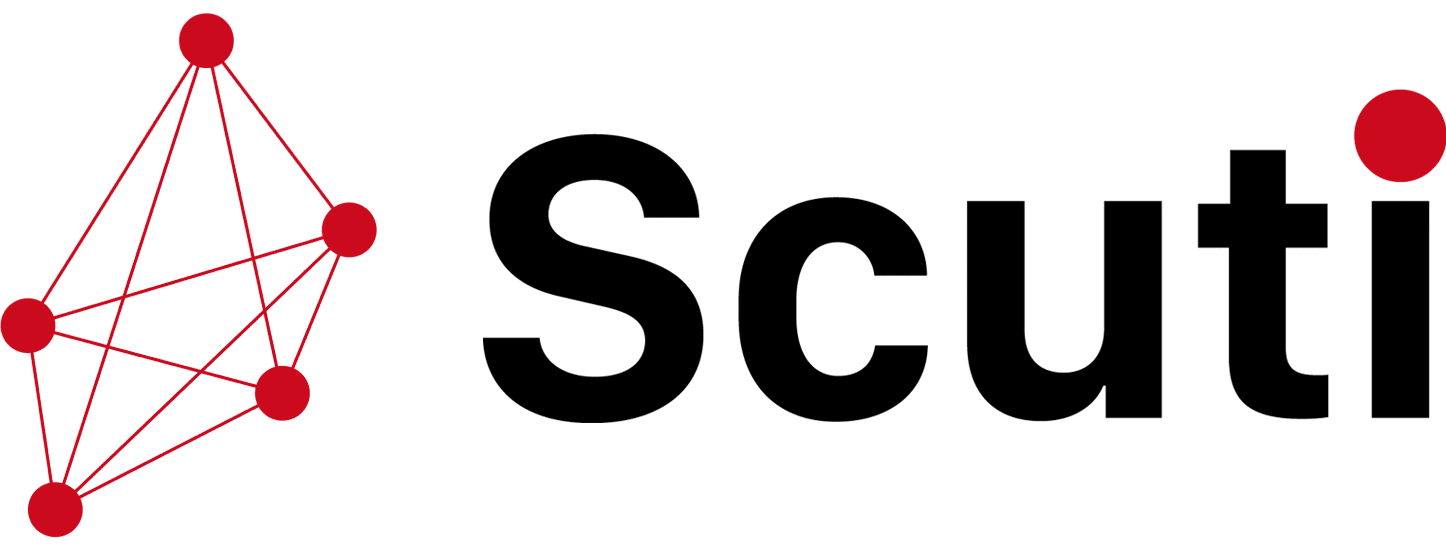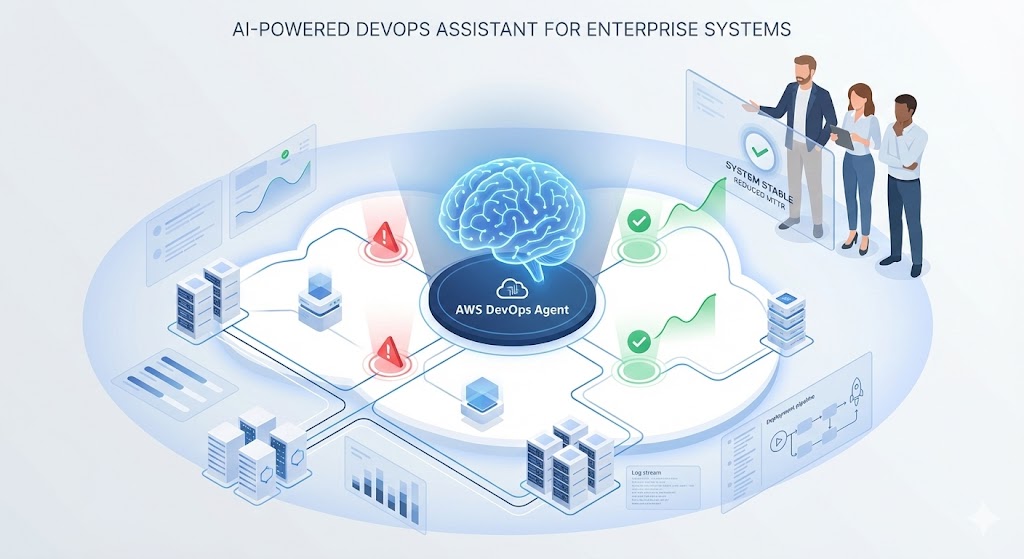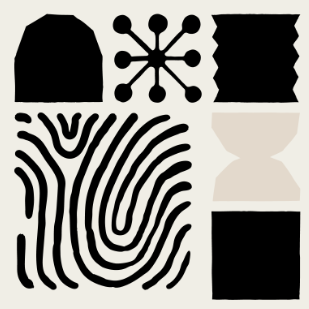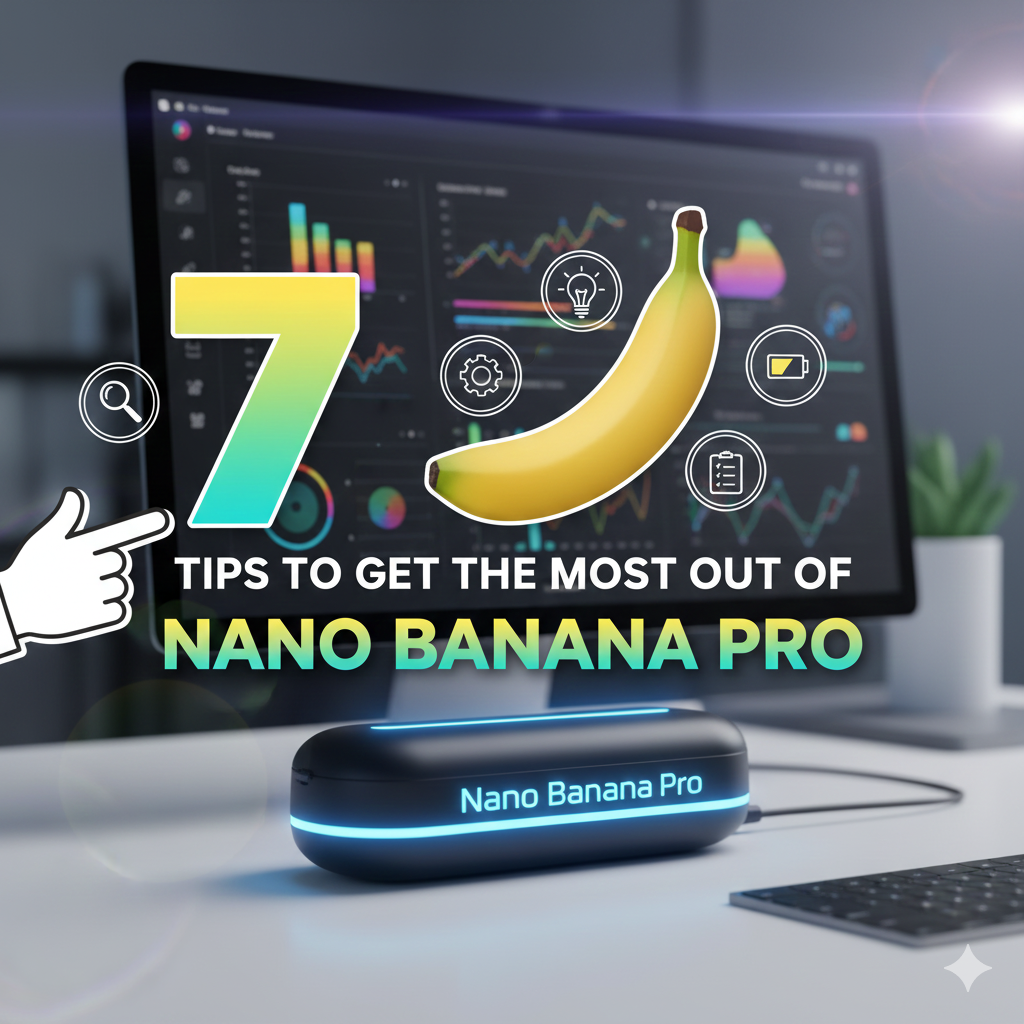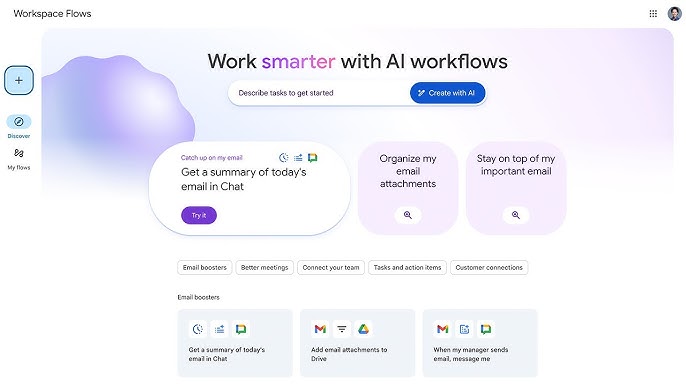1. AWS DevOps Agent là gì? AWS DevOps Agent là một AI agent tự động do AWS phát triển, đóng vai trò như một...
We make services people love by the power of Gen AI.
